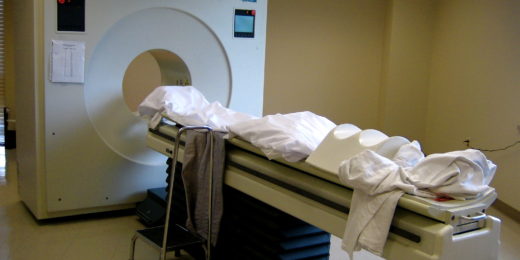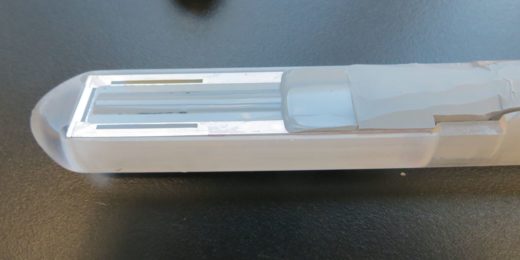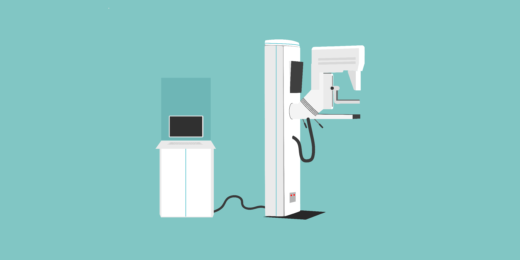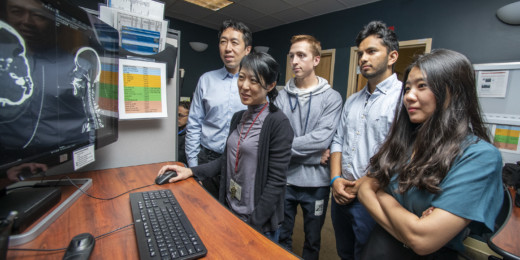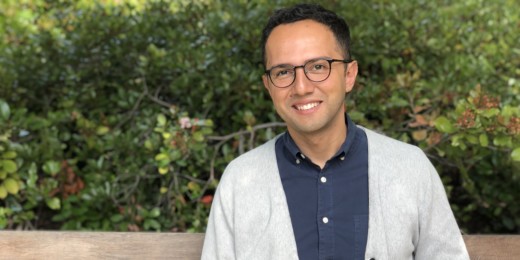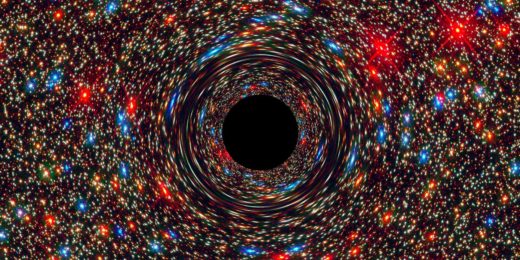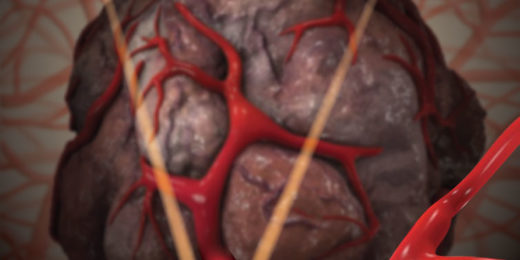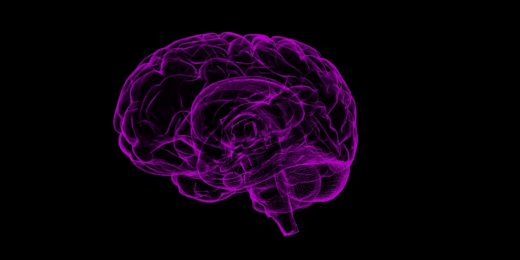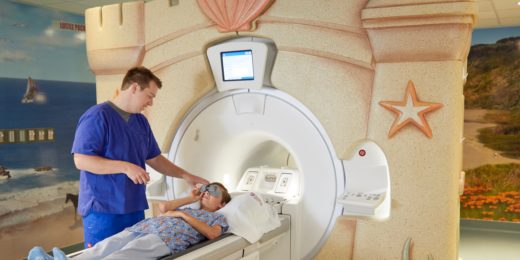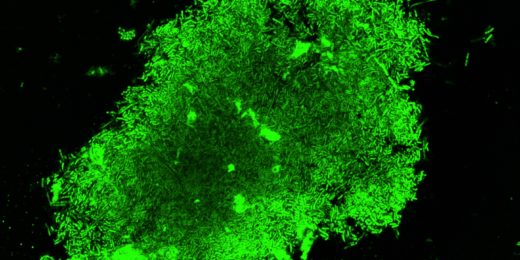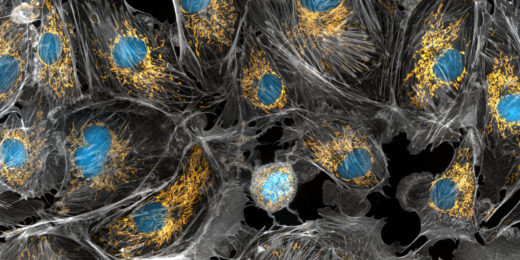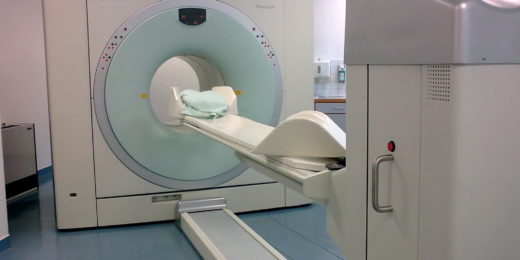Scientists at Stanford have developed a new PET scan tracer that flags both pancreatic cancer and a lung disease known as idiopathic pulmonary fibrosis.
Category: Radiology
Prostate-imaging camera captures molecular detail to detect cancer
A team of Stanford scientists have devised a new imaging technology that harnesses ultrasound and photoacoustics to detect prostate cancer earlier.
AI could help radiologists improve their mammography interpretation
Stanford researchers develop a machine-learning computer model for mammography assessment in hopes of aiding radiologists’ clinical decisions.
Artificial intelligence tool helps find brain aneurysms
Stanford researchers have designed a new AI tool to help clinicians identify brain aneurysms. HeadXNet is designed to work with, not replace, radiologists.
In the Spotlight: An unlikely path to science
In this In the Spotlight Q&A, radiology instructor Ahmed Nagy El Kaffas shares how a best friend and a trip to China shaped his early career.
Pokémon experts’ brains shed light on neurological development
A Stanford study shows Pokémon expertise developed during childhood activates the brain region that processes information from the center of the retina.
Lower back or leg pain? Waiting before imaging could save millions
If physicians follow the guidelines for patients with leg and lower back pain and wait before getting MRIs, it could save half a billion dollars a year.
Brain scans offer clue to drug relapse risk, study finds
Small trial conducted by Stanford researchers links activity in the brain's reward processing system with drug relapse in patient cohort.
Watching brain cells fire, with a twist of gravitational waves
Researchers led by Daniel Palanker have discovered that an imaging technique known as interferometry could be used to monitor neuron behavior.
Gold “nanoprisms” open new window into vessels and single cells
Scientists modify a well-established imaging technique using gold nanoparticles to see swaths of tissue at a single-cell level.
Connecting the dots of Alzheimer’s disease
Stanford engineer Ellen Kuhl is using computer modeling to provide insight into the progress of neurodegenerative diseases like Alzheimer's.
Kid-friendly MRI equipment has advantages for grown-ups, too
Stanford innovators have created ways to fit MRI scanning equipment to kids instead of the other way around. Adult patients can benefit, too.
New imaging technique can spot tuberculosis infection in an hour
A new imaging technology that harnesses fluorescence allows scientists to detect tuberculosis in an hour and to measure drug efficacy.
A closer look at the powerhouses of the cell, mitochondria
A recent lecture by clinician-researcher Daniel Bernstein highlighted an imaging technique for assessing the diverse ways mitochondria behave within heart cells.
New study observes tuberculosis bacteria attacking antibiotics
Researchers have used an ultrafast, intense X-ray laser to observe how Mycobacterium tuberculosis bacteria attack antibiotics, making the drugs ineffective.
PET scan tracer could predict efficacy of cancer “vaccine”
Scientists at Stanford have created a new PET scan-compatible tracing agent that tracks immune cells poised to attack cancer, offering a new way to predict the success of certain therapies.


